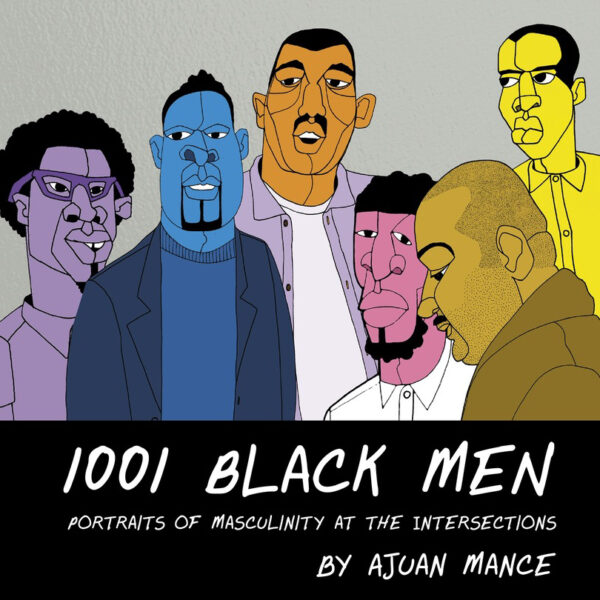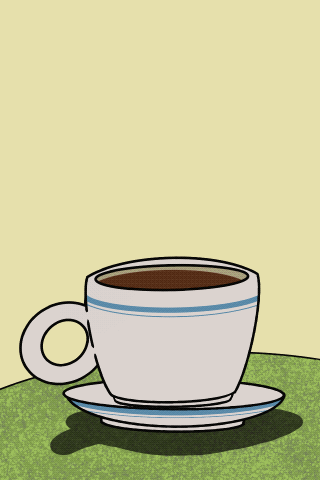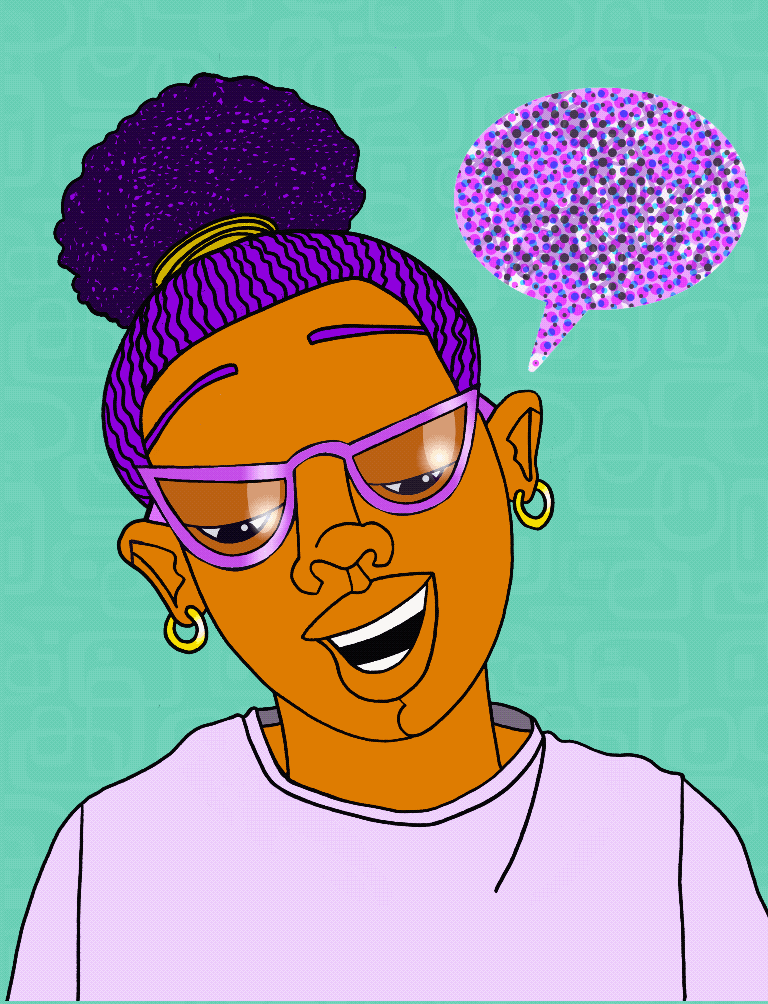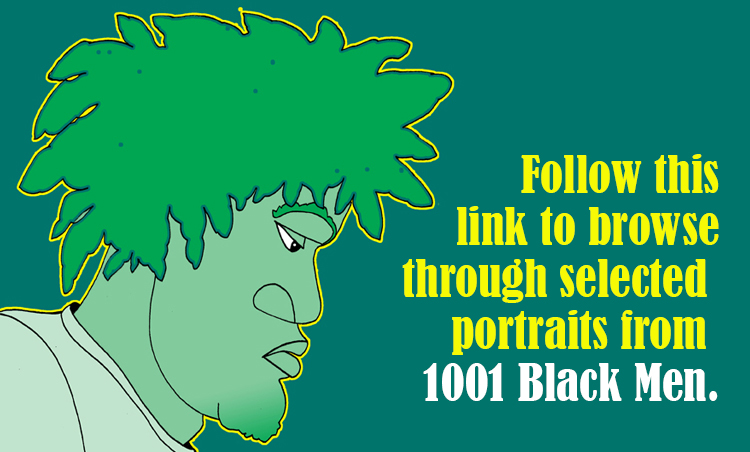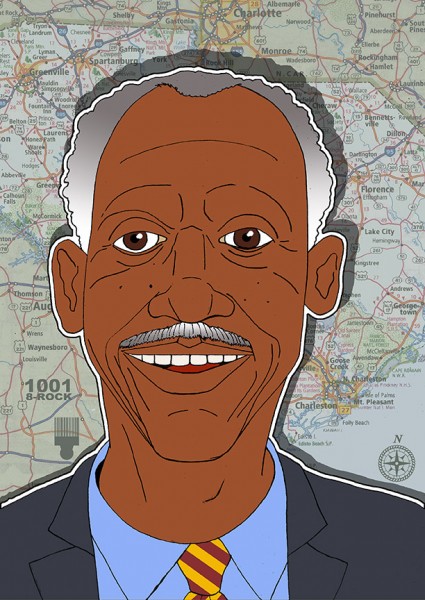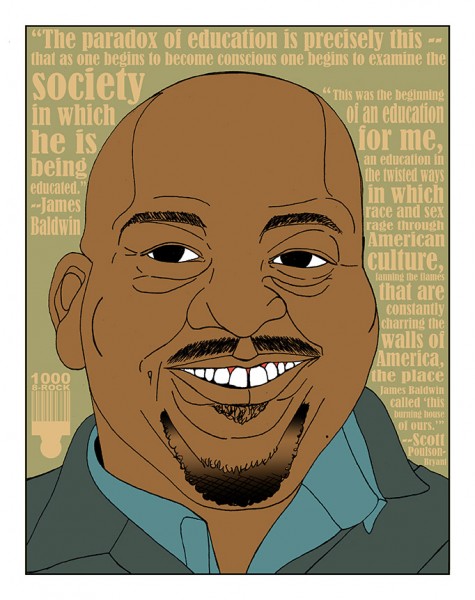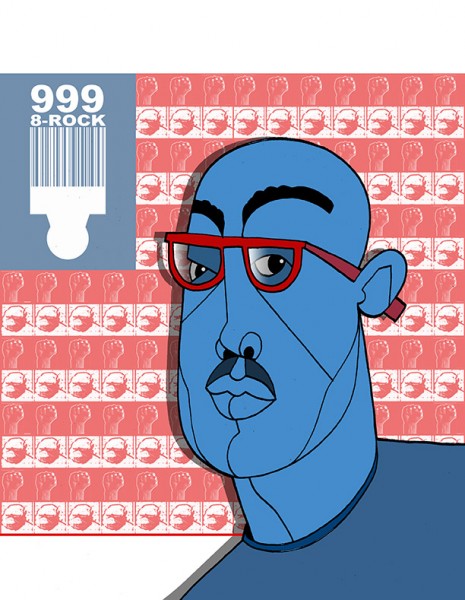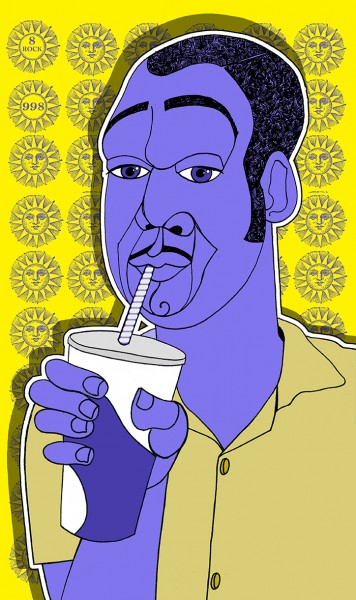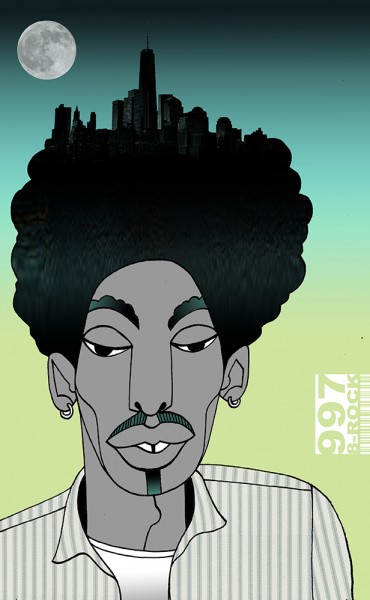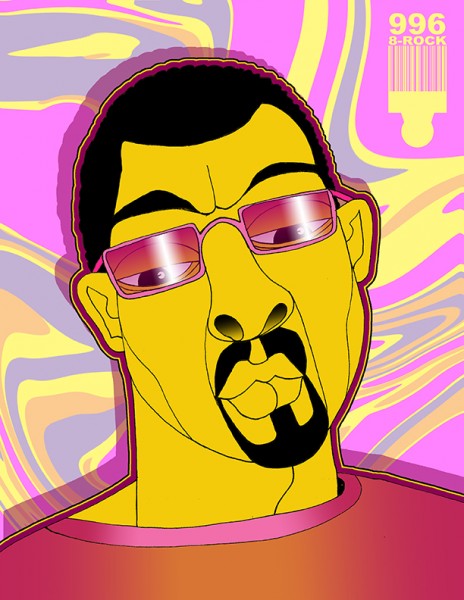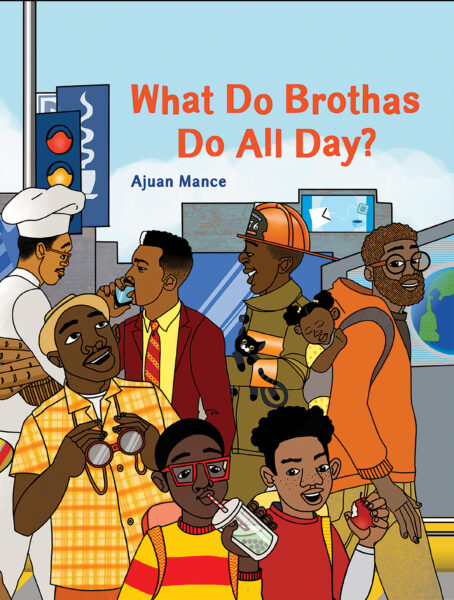
Back in 2013, I created a series of drawings within the larger 1001 Black Men series with the intention of turning them into a zine to debut at the local Bay Area festival SFZF and EBABZ.
The zine was inspired by Richard Scarry’s What Do People Do All Day?, with an implicit comparison between children’s curiosity about the world of adults (in Scarry’s book) and many adults’ and childrens’ curiosity about the lives of Black men and boys.
Now, a decade later, What Do Brothas Do All Day? is a picture book. Published by Chronicle Books, it has been described as, “A welcome recognition of Black men and the joyous ways they show up for their families, their communities, and each other .” (Kirkus Reviews)
What Do Brothas Do All Day? is now available in stores and online, wherever books are sold.
Ajuan Mance
PS: To see the original 1001 Black Men drawings that inspired the book, follow these links:
- https://8-rock.com/2013/10/22/1001-black-men-627/
- https://8-rock.com/2013/10/22/1001-black-men-626/
- https://8-rock.com/2013/10/22/1001-black-men-628/
- https://8-rock.com/2013/10/22/1001-black-men-630/
- https://8-rock.com/2013/10/22/1001-black-men-631/
- https://8-rock.com/2013/10/22/1001-black-men-632/
- https://8-rock.com/2013/10/22/1001-black-men-633/
- https://8-rock.com/2013/10/22/1001-black-men-634/
- https://8-rock.com/2013/10/22/1001-black-men-635/
- https://8-rock.com/2013/10/22/1001-black-men-636/
- https://8-rock.com/2013/10/22/1001-black-men-637/
